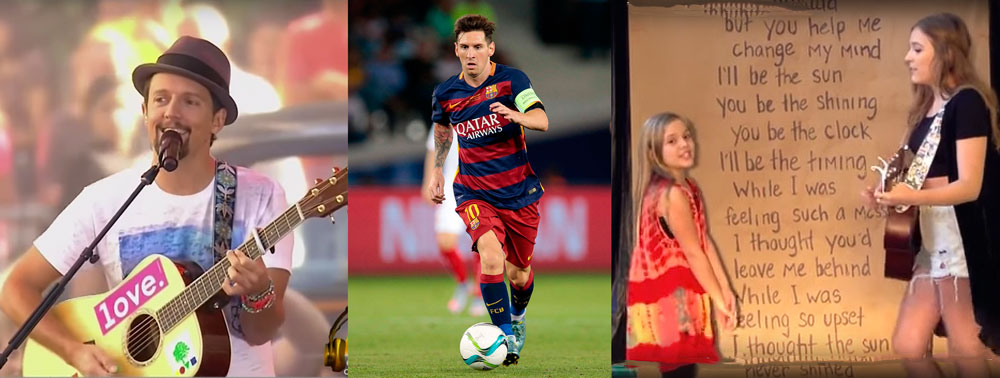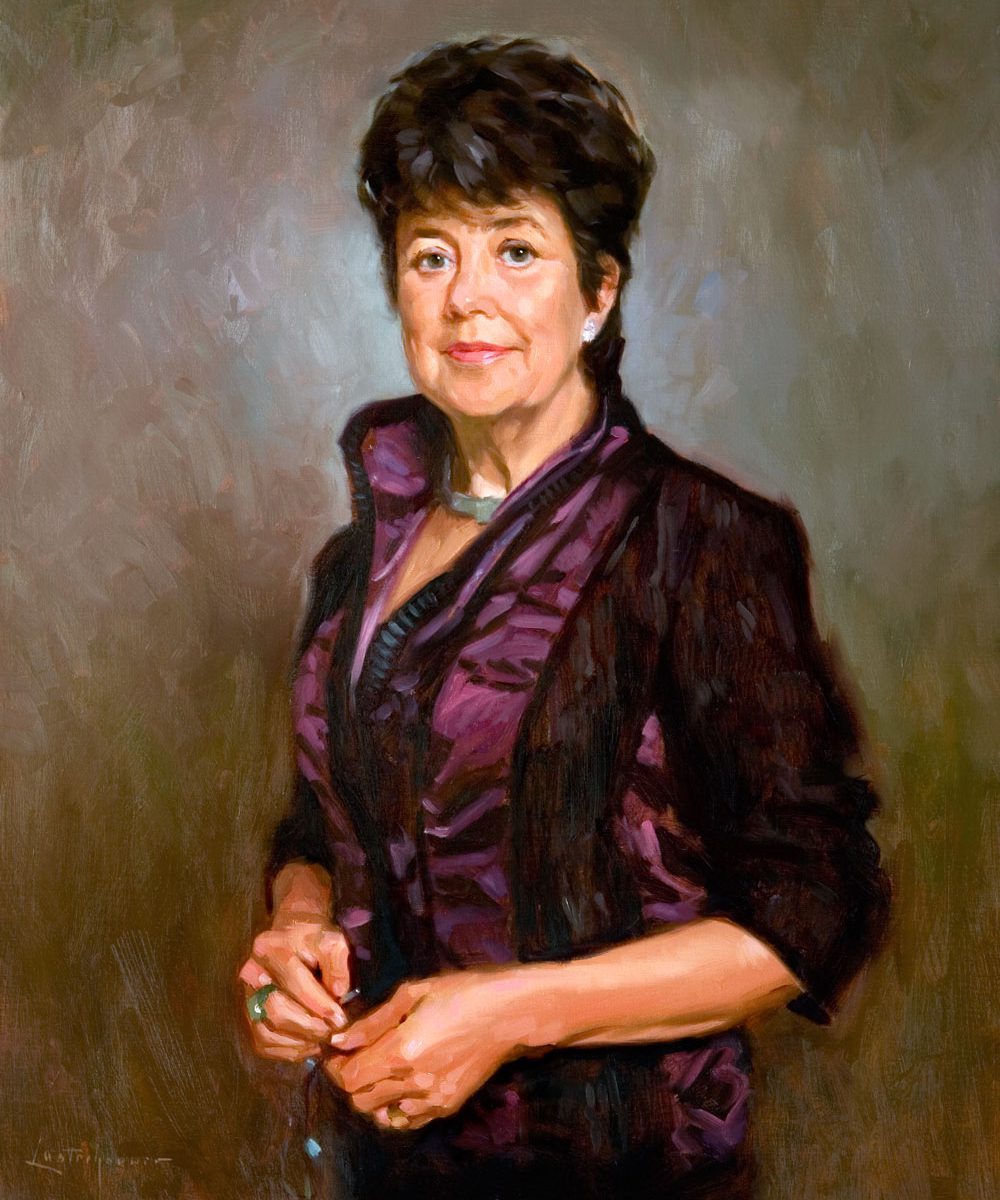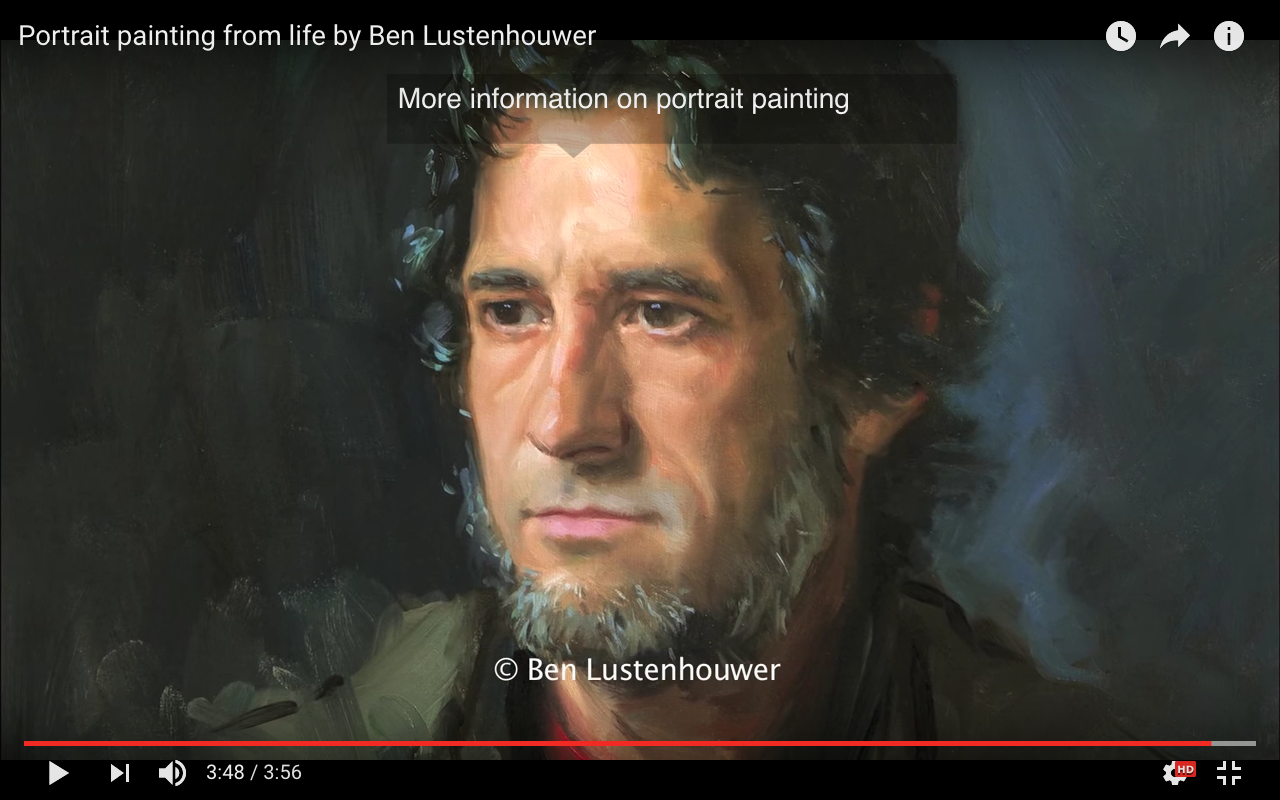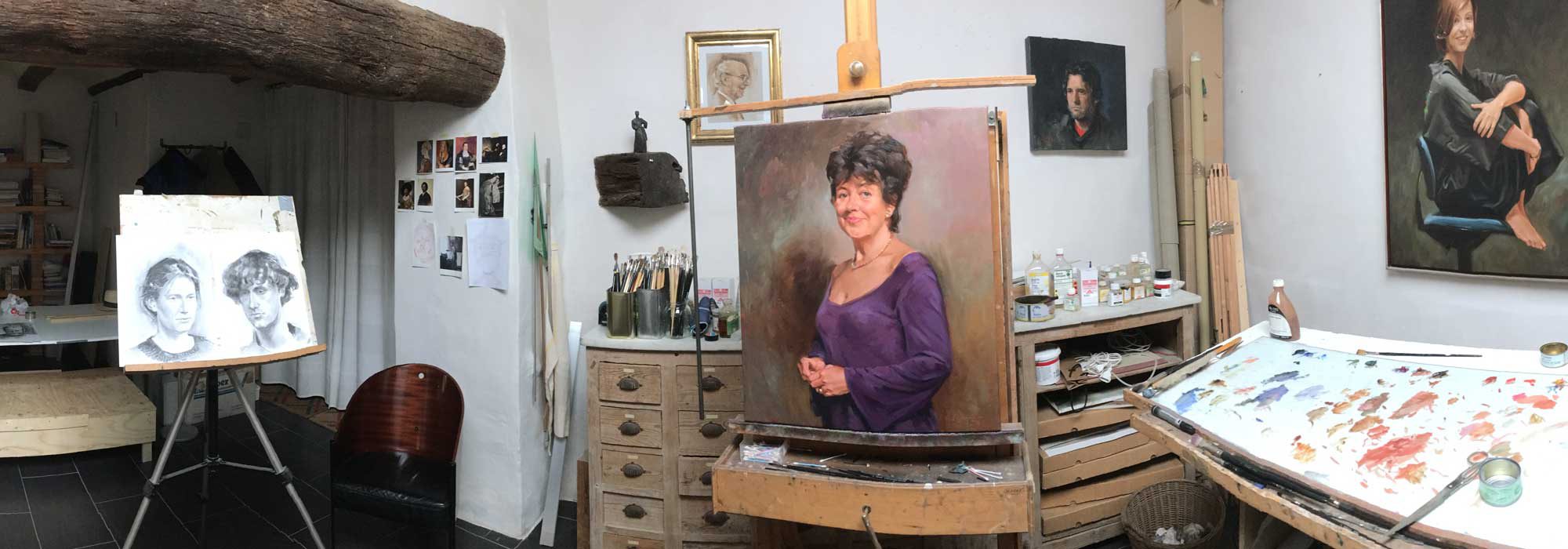Portrait commissions of children have their special challenges. With each assignment, the model is new to me. Therefore an extensive acquaintance is essential. It is important to get to know each other. This applies to adults, but even more to portraits of children. They might see me as an intruder, a strange guy with a camera. Continue reading “Portrait commissions of children”
A happy portrait.
During my whole long career, I never understood why a painted portrait should not show cheerfulness. What is wrong with a happy portrait?
Often heard reactions “A joyous portrait will be boring in the long run” or “Do not show teeth because you than go back on the fact that you worked from photography”. Why not portray someone, who is feeling good? Why not look for that split second that the sitter looks fine? Continue reading “A happy portrait.”
Sweet lies in portrait painting.
I must confess I sometimes used sweet lies in portrait painting. Most people have no experience of posing for a portrait. In a commissioned portrait, it is important that the model shows off his best side. He or she should give me something that I can give back in the painting. Usually I am able to get a satisfactory photograph of the person. (As you know, for commissioned portraits I use photographic sources.) Continue reading “Sweet lies in portrait painting.”
Portrait painting and inspiration.
Sometimes I wonder why I want to paint a good portrait. Where does that fervour come from? What about my portrait painting and inspiration. I’ve never been able to answer that question. And it should stay like that, I guess. That everlasting urge, that gruelling passion; I have learned to live with it. It was not always an easy road. More than once, I was jealous of people without any ambition. Continue reading “Portrait painting and inspiration.”
Improvising and portrait painting
Last week I told you about the female nude commissions. And, I wrote that only during the photo session does it become clear how the model will be depicted. This post is again about Improvising and portrait painting. Continue reading “Improvising and portrait painting”
Portrait painting myths.
As a child I joined a guided tour in a small provincial museum. A staff member praised the mingle-mangle of the collection. He was really proud of his museum, especially the portrait gallery. Continue reading “Portrait painting myths.”
Carpentry for portrait painting
Carpentry for portrait painting. As I get the opportunity I love to do craftwork, preferably in wood. I always wanted to be a carpenter, I have written about this before. And I’ll confess something else to you. For a long time, carpentry gave me more pleasure than painting. Believe me. Continue reading “Carpentry for portrait painting”
Only a good likeness is not everything
As you know by now, painting commissioned portraits is an essential part of my daily artistic activity and has been for more than twenty-five years. I like to talk about it over and over again and hope that you can benefit from this.
Let me repeat this week what I consider to be the most important properties for a portrait painter.
Only a good likeness is not everything
- Good drawing skills and a thorough mastery of painting technique, above all.
- Good sense of composition.
- Good sense of colour.
- Good communication skills.
Traps in portrait painting based on photography
I’m often criticized because I explain how to paint a portrait from photography. Working from life is the only true religion, I always hear. I never answer because I know how things are in my profession. I say it again loud and clear: almost all my colleagues use photography when it comes to a commission. Only, they would rather keep silence in public. Anyway, I do not want to talk about that.
What’s one of the hazards of working from photography?
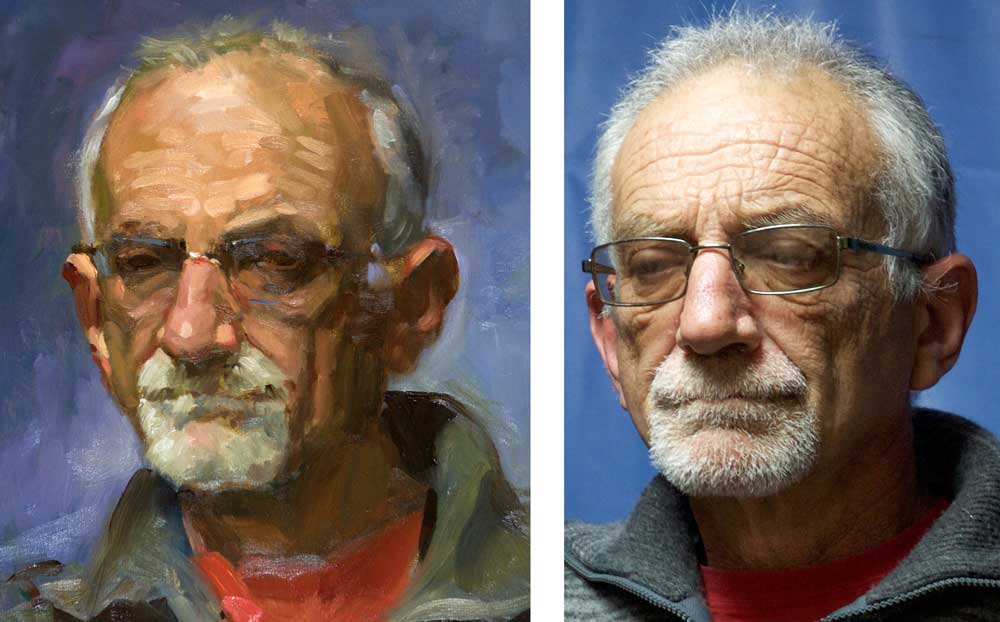
The exposure. The lefthand picture shows a portrait that I painted from life in my studio during our Tuesday sessions. I always take a picture of the model before we stop. That shot you see on the right. A major handicap in photography can be seen at a glance. The light-dark contrast is too big. In particular, the light parts suffer from the loss of the subtle nuances. I notice in my classes that many people overlook that phenomenon. So make sure that the print that you’re working from is not too light and that there is difference between the light and the high-lights.
Finally: of course work from life. Study as much as possible with a live model in front of you. The more training in direct perception the more your work from photography improves.
More posts on working from photography:
More posts on painting from life model:
Strange stories
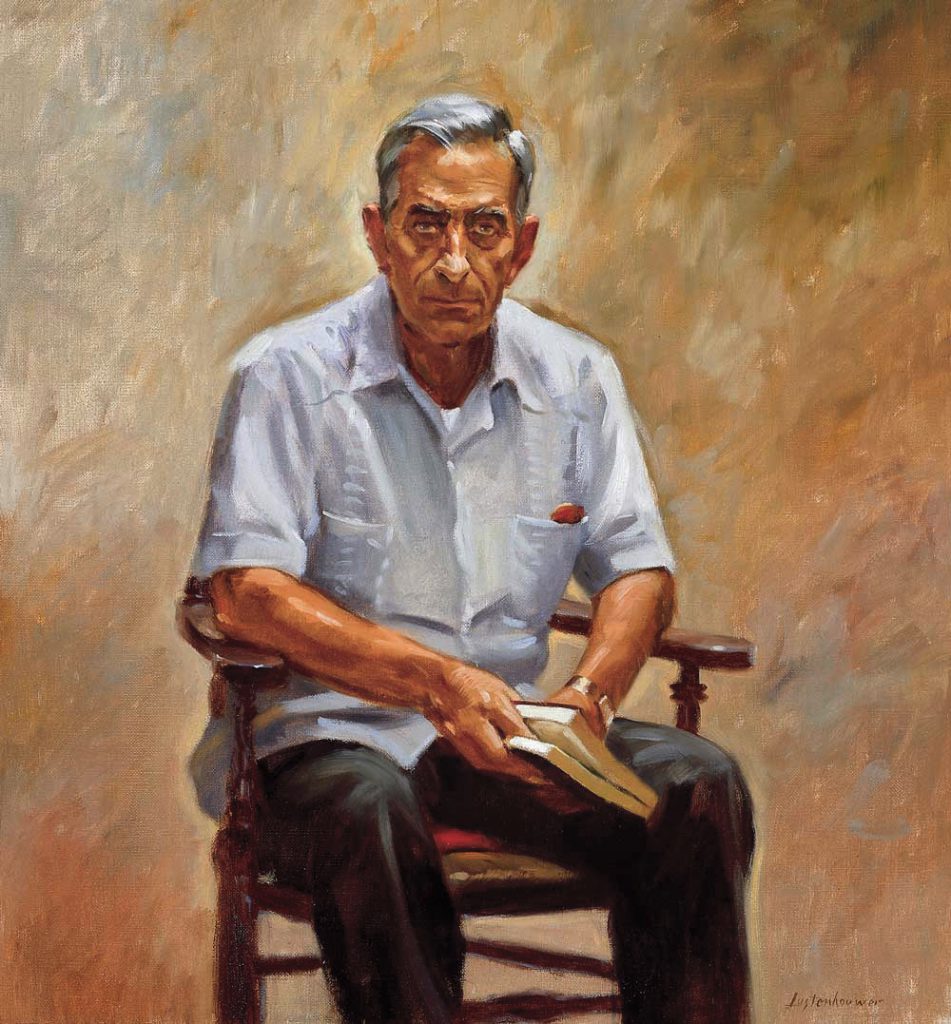
More than fifteen years ago, I sent this portrait as an entry for the Royal Institute of Oil Painters´ annual exhibition in London. I delivered the canvas myself at the Mall Galleries. Continue reading “Strange stories”



